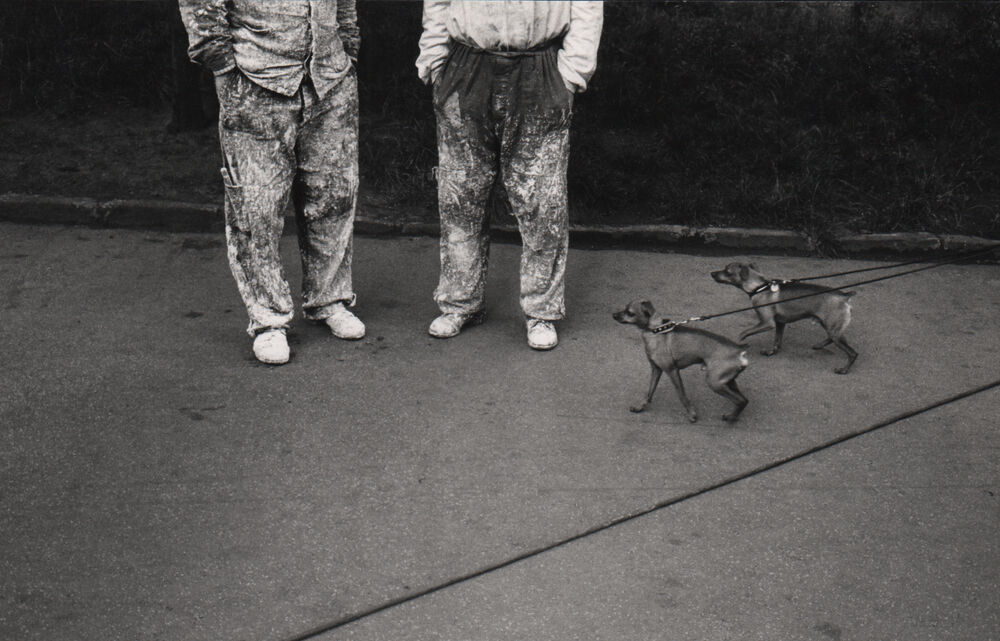
Ostrava, 1978
Viktor Kolar
1941
Silver Gelatin Print. 22 x 15 cm.
© Viktor Kolar
Om fotografen
Viktor Kolář (b. 1941) is a Czech photographer. Kolář is considered one of the most important exponents of Czech documentary photography. In his works, Kolář focuses mainly on depicting urban life in the Ostrava region. His father, a self-taught filmmaker and photographer, was the owner of a photo studio and photo shop, an important factor in leading young Viktor to photography.
In 1953, he began taking photographs, and soon familiarized himself with the works of renowned photographers, particularly Henri Cartier-Bresson. From 1960 to 1964, he studied at the Photographic Institute in Ostrava and from the second half of the 1960s, he decided to devote himself fully to photography. At the same time, he met and befriended the photography theorist Anna Fárová and her husband, painter Libor Fára. In 1964, Kolář presented his works at his first solo exhibition. In October 1968, after the Warsaw Pact invasion of Czechoslovakia, he emigrated to Canada, where he worked as in the molybdenum mines. Later he managed to move into photography. From 1971 to 1973, he participated in documenting shopping malls in Montreal.
In 1973 he returned to Czechoslovakia. His return to the communist country was questioned by state authorities. As a former emigrant, he gradually lost the possibility to work as a photographer. However, he covertly continued his photographic documentation of the Ostrava region and in 1985, he was allowed to devote himself to freelance photography. In 1994, after the Velvet Revolution, he began to teach documentary photography at FAMU in Prague, where he was appointed Associate Professor (in 2000). He also travelled and lectured through the USA.
Viktor Kolar